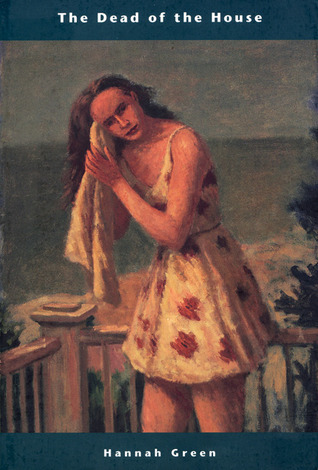What do you think?
Rate this book


225 pages, Paperback
First published April 1, 2000

“Happy I carried in the wood from the branches of trees Grandpa Nye had felled in the woods himself. He chopped the logs and split them. He was famous for his skill with the ax. ‘None of us could keep up with him,’ Daddy said. When Daddy was little, he used to go along every Saturday afternoon when Grandpa Nye went with his wheelbarrow into the woods below his house to chop wood. …For many years the sound of Grandpa Nye’s ax could be heard in the neighborhood, and when he was very old and no longer able to chop wood, in his ninetieth year, he could still be seen on certain afternoons in the old hat he wore around the place in spite of what Aunt Janice said, and in his woodsmen coat, walking slowly down Salt Lick Avenue with his wheelbarrow.”
“One afternoon late in October when we got home from school there was a letter from Dirk in a white envelope with a Yale crest on it. I turned to the second page. He signed it ‘Love and Kisses.’ I went into the lavatory by the front door and doubled over. I couldn’t breathe. The washstand blazed white in front of my eyes.
I didn’t see him again until it was summer again. Mama was working at the draft board and no one went to Neah that summer of 1943. I was a junior counselor at Camp Claybanks near Glendale, and Dirk came there to see me the night before he went to Chicago to boot camp. It was nearly ten o’clock when he got there, and then we took a walk down the road to the camp entrance. It was a hot moonless night. The dark shape of the elms loomed against the sky, and the fireflies were like stars in the fragrant fields of hay.
…He put his arm around my waist. ‘Gee, Vanessa, you’re swell,’ he said. Then I felt the sweet wet feel of his mouth, the soft quick feel of the life inside him. We put our heads alongside each other, and our arms around each other. I was afraid we might tip over.”
“Away from here I was free of the love that made me cry all the time, but away from here I wasn’t here where I belonged. Here slowly everything changed. I had to look to what was left of what I loved.”